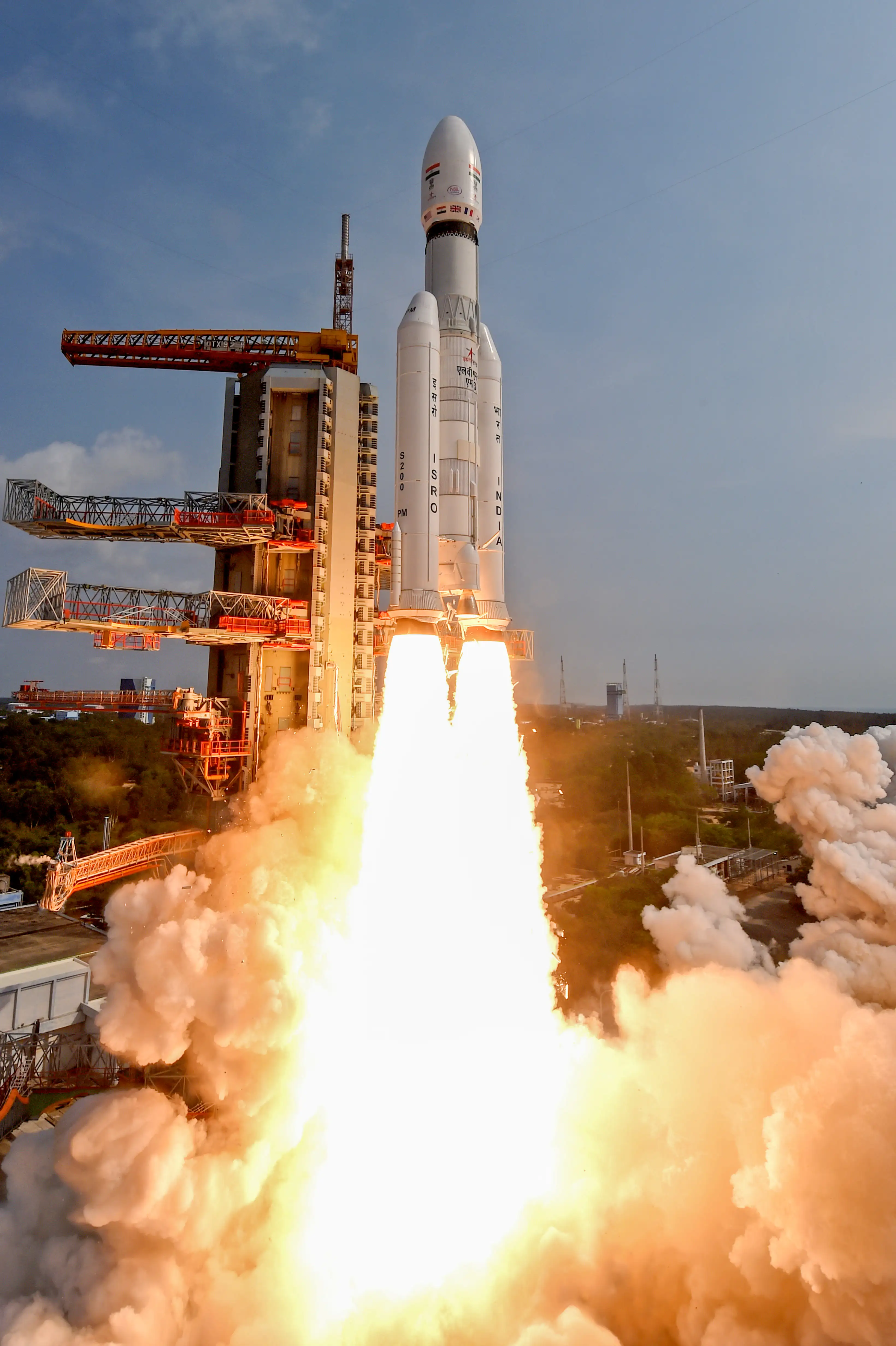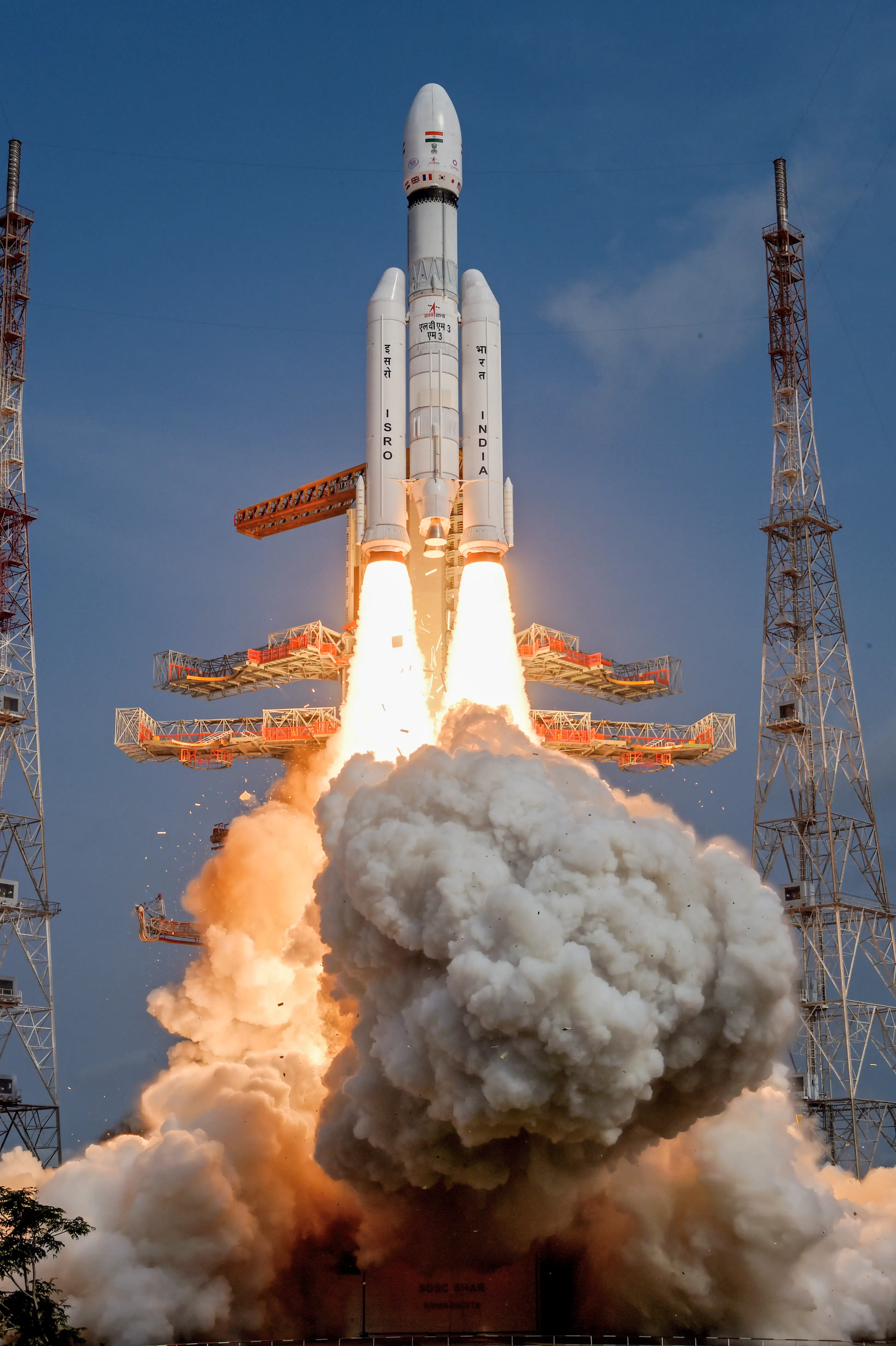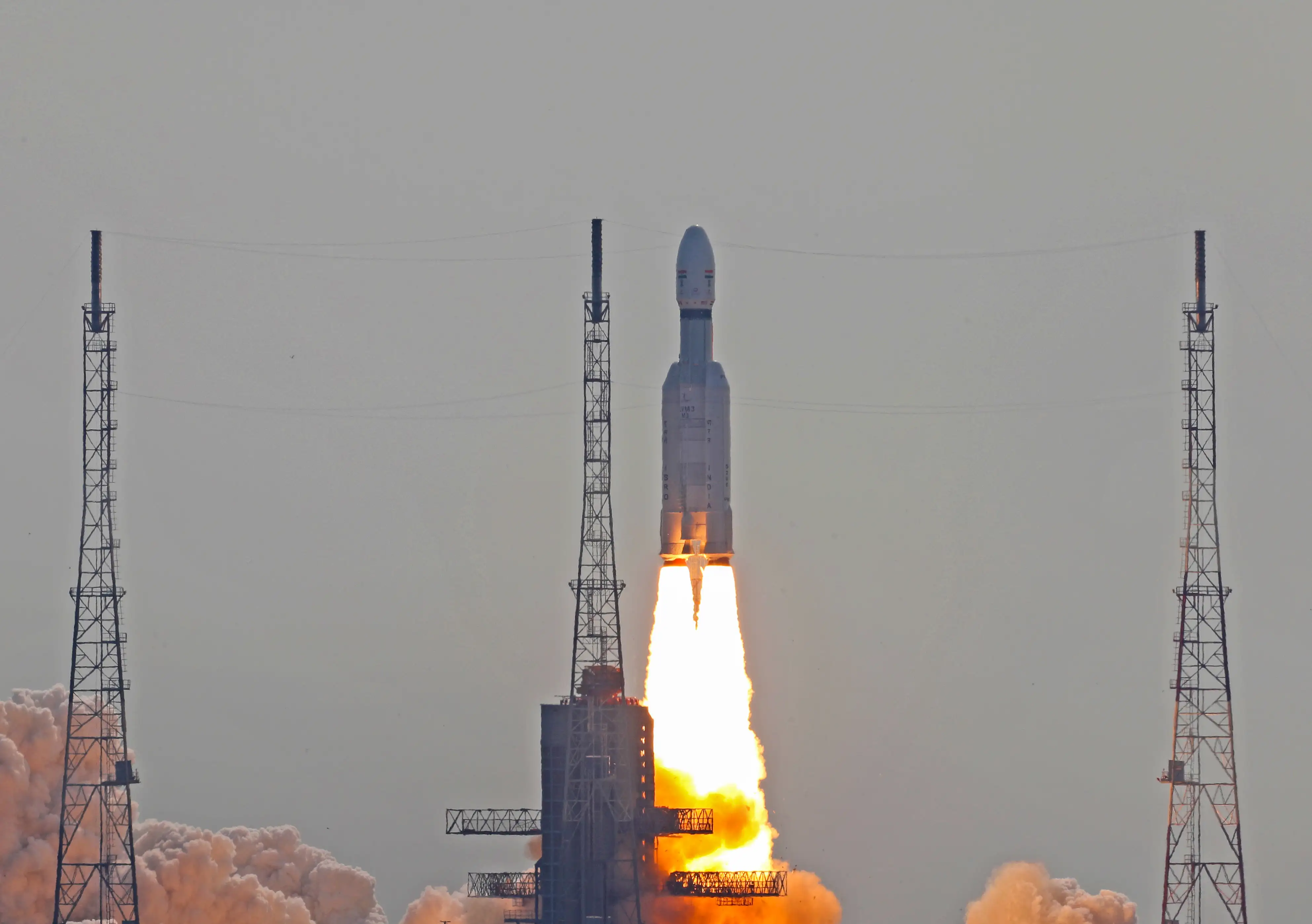ISRO's LVM3 successfully launched the final batch of OneWeb Gen-1 satellites.
- Karthik Naren
- Mar 26, 2023
- 5 min read
OneWeb’s successful 18th launch brings the constellation to 618 satellites in orbit.

Chennai, March 26, 2023: Today at 03:30.20 UTC (0900 Local time) The Indian Space Research Organization's (ISRO)'s LVM3 launch vehicle, in its sixth consecutive successful flight placed 36 satellites belonging to M/s. Network Access Associates "OneWeb Group Company" into their intended 450 km circular orbit with an inclination of 87.4 degrees. With this, NSIL has successfully executed its contract launch 72 satellites of OneWeb to Low Earth Orbit.
The vehicle took off with a total payload of 5,805 kg from the second launch pad at SDSC-SHAR, Sriharikota. It gained the predetermined altitude in about nine minutes of flight, achieved satellite injection conditions in T+18 minute, and began injecting the satellites in T+20 minute. The C25 stage performed a sophisticated maneuver to repeatedly orient itself in orthogonal directions and inject satellites into precise orbits with defined time gaps to avoid collision of the satellites and were dispensed in nine phases over a period of 1 hour and 14 minutes, with signal acquisition on all 36 satellites confirmed.
This is OneWeb’s 18th launch, its third this year, bringing the total of OneWeb’s constellation to 618 satellites. The OneWeb constellation design calls for 588 satellites for global coverage and additional satellites are planned for resiliency and redundancy. Thanks to today’s successful launch the constellation is in place to soon deliver global services. By the year-end, OneWeb will be ready to roll out global coverage, enhancing its existing connectivity solutions that are already live in regions north of 50-degrees latitude as it brings new areas online by partnering with leading providers.

Shri. Somanath S, Secretary, Department of Space and Chairman, ISRO, commented: “This launch is very important milestone for ISRO as we demonstrated the successful launch of second consecutive commercial payload of OneWeb. This valued customer trusted our capability and we have proved it in a very short span of time. This launch has created a new record in the Indian space history. With this launch of LVM3, through the New Space India Ltd, ISRO is confident of handling many more such launches on demand for both LEO and GEO mission in the future. I wish OneWeb a great success in globalizing the completed constellation. We delighted to mention that this mission had the upgraded
S200 motors with enhanced margins suitable for the upcoming HLV / Gaganyaan mission ard
the motors performed very well.
Radhakrishnan D, Chairman-cum-Managing Director, NewSpace India Limited, said: “Successful injection of 36 OneWeb Gen-1 satellites from UK by LVM3 today, is an extremely proud moment for NSIL and the entire ISRO fraternity. NSIL, would like to thank M/s OneWeb for believing in our capabilities and giving us this important opportunity to undertake the mission.
Terming the event a momentous, challenging of this complex mission in terms of C25 maneuverability
We are doubly happy, as this mission would mark the accomplishment of full constellation and commencement of commercial broadband services globally by M/s OneWeb. NSIL look forward to be associated with M/s OneWeb not only in the area of providing Launch solutions but also in several other business endeavours that would benefit both companies. We would like to extend our heartfelt congratulations to the entire OneWeb’s technical and management team."

ISRO changes material color of C25 stage
For the first five launches of the LVM3 rocket, ISRO had been using a grey/black insulation material for the C25 stage and currently that material has been coated with a white.

The C25 stage is a cryogenic stage, which comprises a cryogenic engine and fuel tanks that hold tons of super-chilled fuel and oxidizer — liquid oxygen and liquid hydrogen, along with its avionics systems. Engineering a cryogenic stage has unique design challenges, as liquid Hydrogen is stored at -253 degree centigrade and liquid Oxygen at -195 degree centigrade. To store these cryogenic fluids and maintain them at supercooled temperatures, special multi-layer insulation is provided for the fuel tanks and other structures.

To understand the science behind the color change has a simple thermal properties, says
Dr S. Unnikrishnan Nair, Director, Vikram Sarabhai Space Centre (VSCC) which is ISRO's lead facility for developing its operational rockets and future space transportation systems.
A rocket specialist with significant contributions towards launch vehicles and manned vehicle systems, Dr Nair explained that the reason behind the color change takes into account environmental-friendly manufacturing processes, better insulation properties and the use of lightweight materials.
"The previous insulation materials of C25 stage was based on Hydrochlorofluorocarbon (HCFC), which has its environmental concerns, we have decided and switched to greener alternatives based on chemicals such as Hydrofluoroolefin(HFO)," said Nair.
HCFCs are globally regarded as unsafe as they contain chlorine and have the potential to deplete the ozone layer. Owing to this, there are certain manufacturing caps on this material and ISRO is avoiding its use.
Regarding the grey/black color being replaced with white, he added that the earlier anti-static coating (meant to prevent a build-up of static electricity) has been replaced with a white one. He reasoned that this was owing to solar absorptivity, as dark colors like black attract a lot of heat and affect the temperature of the cryogenic fuels.
Nair also explained that it is not easy to add an extra coat of paint or extra layer of material to a rocket's upper body, as every kilogram of weight comes at a premium.
Every added component or layer of coating/paint adds to the rocket's weight and affects the vehicle's payload-carrying capacity. So, we have to keep in mind the science, the utility and also the environmental aspects. Hence, it takes time to develop new materials that are lightweight, suited for the purpose and at the same time cost-effective and environment-friendly.
OneWeb Gen-1 Satellites of M/s. Network Access Associates
UK Secretary of State for Science, Innovation and Technology Michelle Donelan said: “The completion of the LEO constellation is hugely significant both for OneWeb and the UK’s wider sector."
“We invested in OneWeb’s vision to bridge the global digital divide, and our burgeoning space sector is transforming the UK into the perfect base for like-minded companies to realise their stratospheric potential.
Neil Masterson, Chief Executive of OneWeb, added: “This is the most significant milestone in the history of OneWeb, as we reach the satellites needed for global coverage. Over several years we have remained focused on our commitment to deliver coverage solutions for the customers and communities that need it most. With today’s satellite deployment, facilitated by our expert team and our partners at ISRO and NSIL, we are realising this central ambition.
“I would like to pay tribute to all of my colleagues at OneWeb who have driven our rapid momentum and progress over recent years. It is thanks to them that we will be able to deliver high-speed, low-latency connectivity around the world later this year.”
Sunil Bharti Mittal, Executive Chairman of OneWeb, said: “In my work I have seen the power of connectivity to bring benefits to all, wherever they are. Yet half the world’s population does not have access to fast, reliable connectivity. Today’s launch represents a major step towards closing the digital divide. OneWeb’s global constellation will play a pivotal role in realising this dream.
“I am particularly proud that OneWeb has crossed the threshold to be able to provide its global coverage in India, a country whose ambitions in enhancing Space-based connectivity are being driven by New Space India and ISRO. Under the visionary leadership of Prime Minister Narendra Modi, the Government of India’s target to significantly expand access to high-speed internet connectivity is vital, and OneWeb is grateful for all the support and is delighted to be playing its part. Overall, this is an incredibly exciting time for the satellite connectivity industry, and I am delighted that the UK and India are at the forefront of developments."
“I would like to thank colleagues, our partners, vendors, investors and customers who have realised the potential of OneWeb and made this launch possible. I am incredibly excited for the future of OneWeb and the opportunity its connectivity services provide to communities globally.”


















Comments